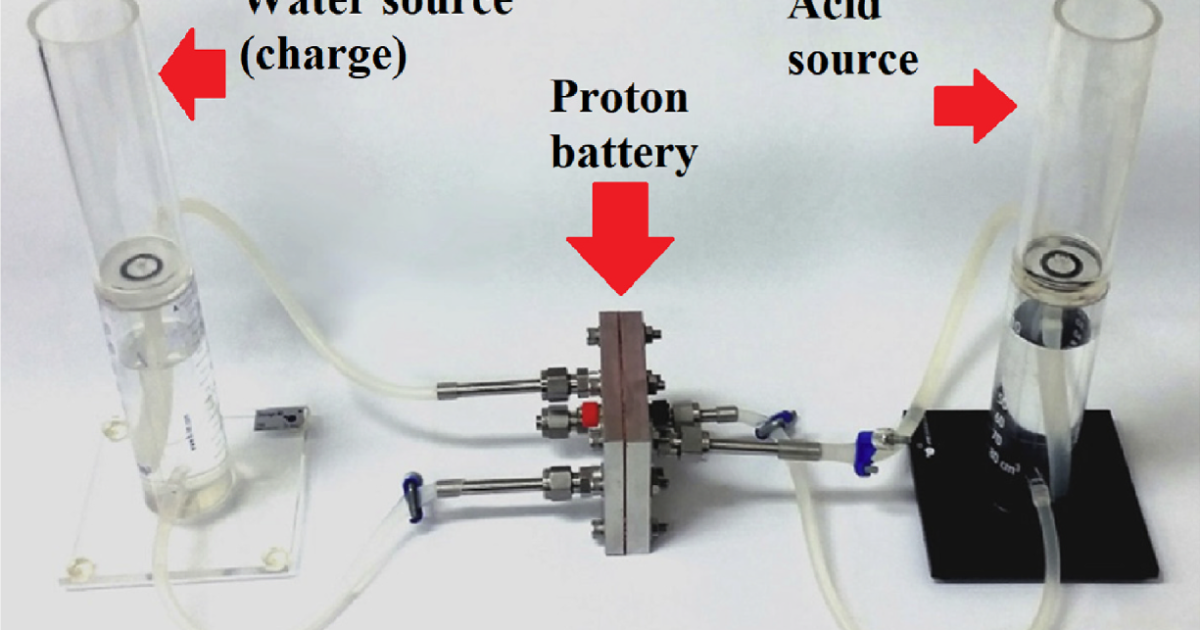edit I am an idiot, who uploaded the image link as the URL. The original source should now be accessible
RMIT engineers say they’ve tripled the energy density of cheap, rechargeable, recyclable proton flow batteries, which can now challenge commercially available lithium-ion batteries for capacity with a specific energy density of 245 Wh/kg.



Found a good video article on Na-Ion battery technology; https://www.youtube.com/watch?v=RQE56ksVBB4
So according to that article Na-Ion energy density is comparable to the LFP type of Li-Ion battery. That’s about 20% lower than the more common types you see in consumer products and EVs. LFP has much longer cycle life and lower fire hazard so it’s used where weight and space are less of a concern. However it still has the same cost and materials issues.
Na-Ion is well poised to replace LFP. The advantage is lower cost and more environmentally friendly materials. Unfortunately Na-Ion is not inline to replace the higher energy density types. As it becomes more widely adopted it may improve to the point where it can so there’s hope for it.
Here is an alternative Piped link(s): https://piped.video/watch?v=RQE56ksVBB4
Piped is a privacy-respecting open-source alternative frontend to YouTube.
I’m open-source, check me out at GitHub.